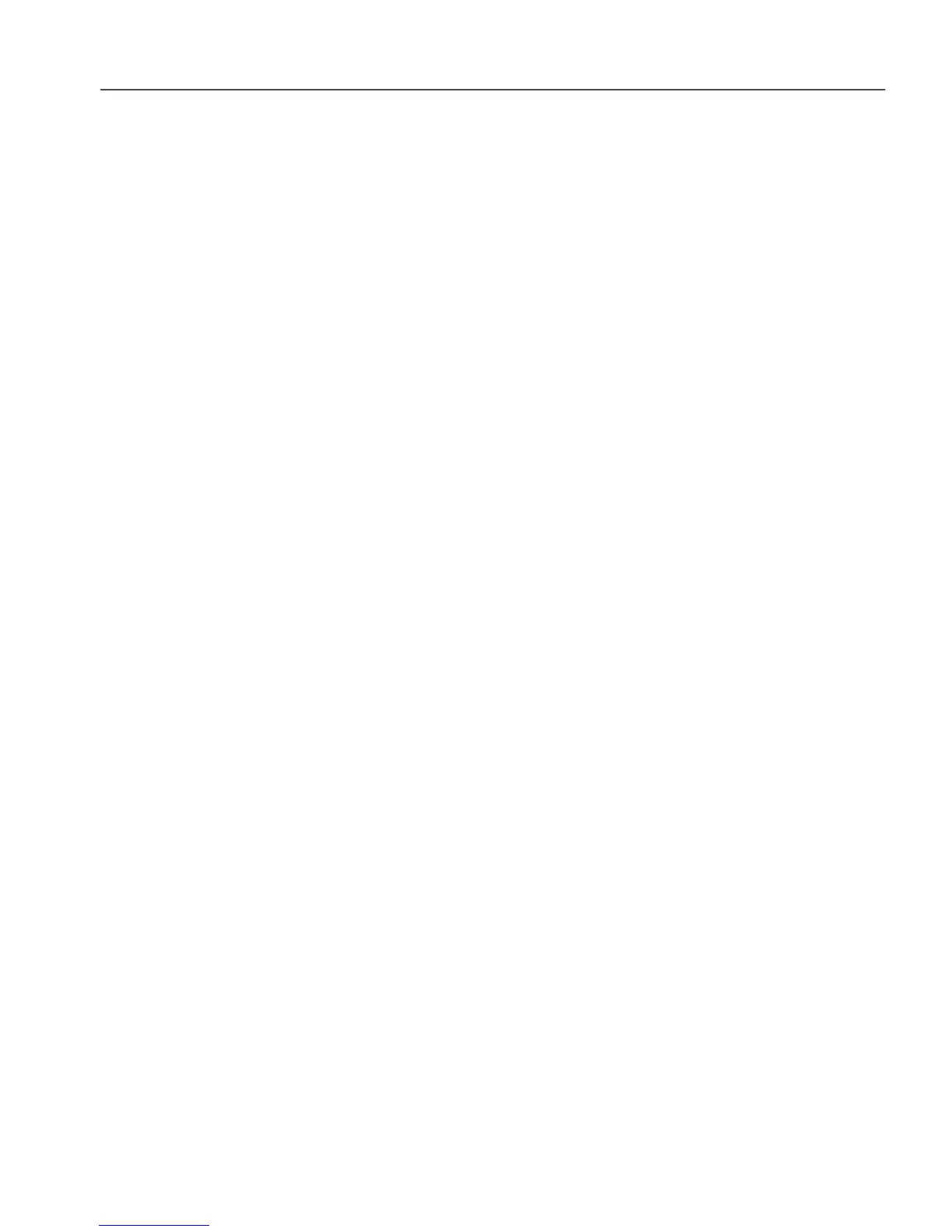Chapter 6, COMPUTER OPERATION
6-31
Bit Decimal value Output and range
0 1 X Output (±10000 FS)
1 2 Y Output (±10000 FS)
2 4 Magnitude Output (0 to +10000 FS)
3 8 Phase (±18000 = ±180°)
4 16 Sensitivity setting (1 to 27) + IMODE (0, 1, 2, 3 =
0, 32, 64, 128)
5 32 Noise (0 to +10000 FS)
6 64 Ratio (±10000 FS)
7 128 Log ratio (-3000 to +2000)
8 256 ADC1 (±10000 = ±10.0 V)
9 512 ADC2 (±10000 = ±10.0 V)
10 1024 ADC3 (±10000 = ±10.0 V)
11 2048 ADC4 (±10000 = ±10.0 V)
12 4096 DAC1 (±10000 = ±10.0 V)
13 8192 DAC2 (±10000 = ±10.0 V)
14 16384 EVENT variable (0 to 32767)
15 32768 Reference frequency (millihertz)
Dual modes only:-
17* 131072 X
2
Output (±10000 FS)
18* 262144 Y
2
Output (±10000 FS)
19* 524288 Magnitude2 Output (0 to +10000 FS)
20* 1048576 Phase
2
Output (±18000 = ±180°)
21 2097152 Sensitivity
2
setting (1 to 27) + IMODE
(0, 1, 2 = 0, 32, 64)
The values of the selected curves at the same sample point are transferred as a group
in the order of the above table, separated by the chosen delimiter character and
terminated with the selected terminator. This continues until all the points have been
transferred.
NOTE: When transferring the Frequency curve, which is saved when bit 15 in the
CBD parameter is asserted, the instrument automatically reads the data for each
stored point in both frequency curves (i.e. the lower and upper 16 bits) and sends it
as a single data point.
6.7.11 Computer Interfaces
RS [n
1
[n
2
]] Set/read RS232 interface parameters
n
1
Baud rate (bits per second) n
1
Baud rate (bits per second)
0 75 7 1800
1 110 8 2000
2 134.5 9 2400
3 150 10 4800
4 300 11 9600
5 600 12 19200
6 1200 13 38400
The lowest five bits in n
2
control the other RS232 parameters according to the
following table:

